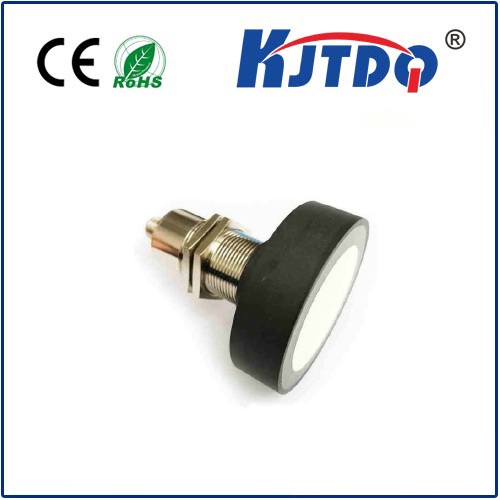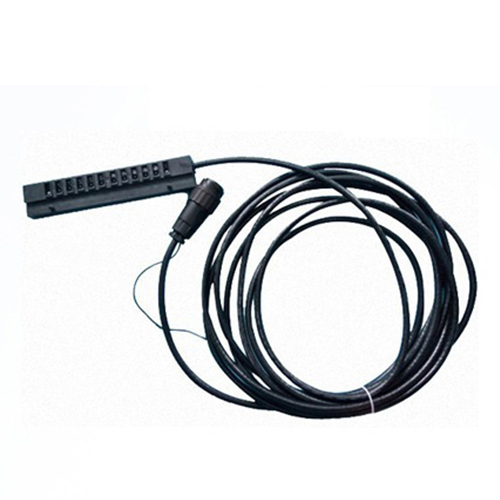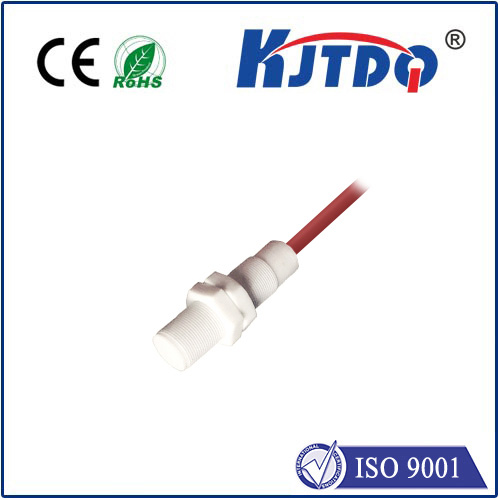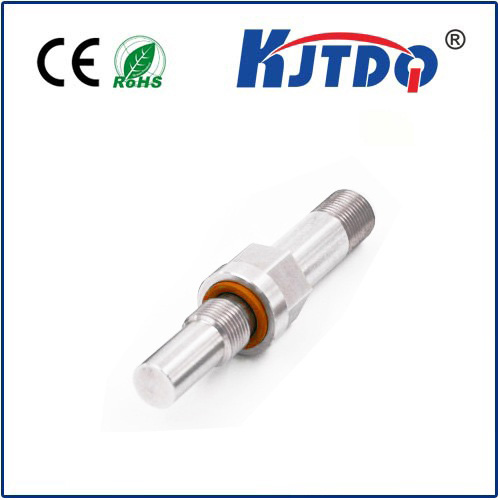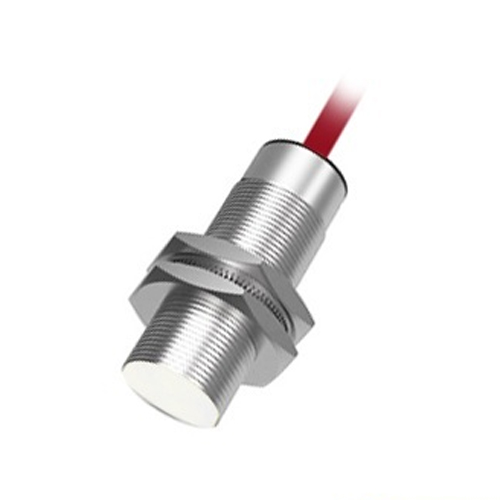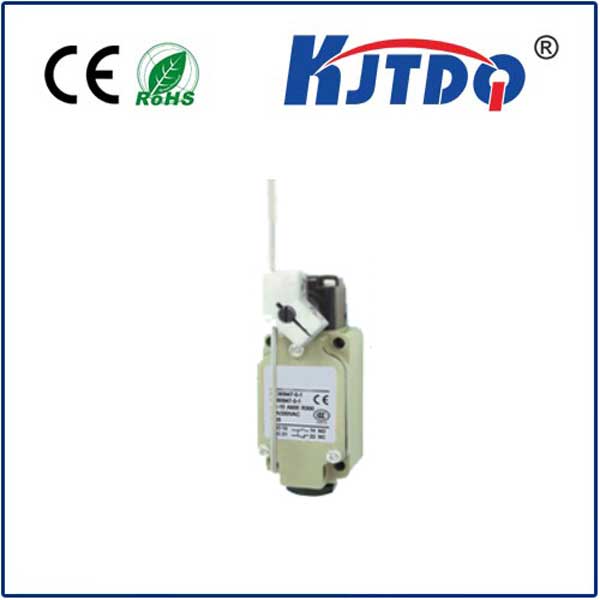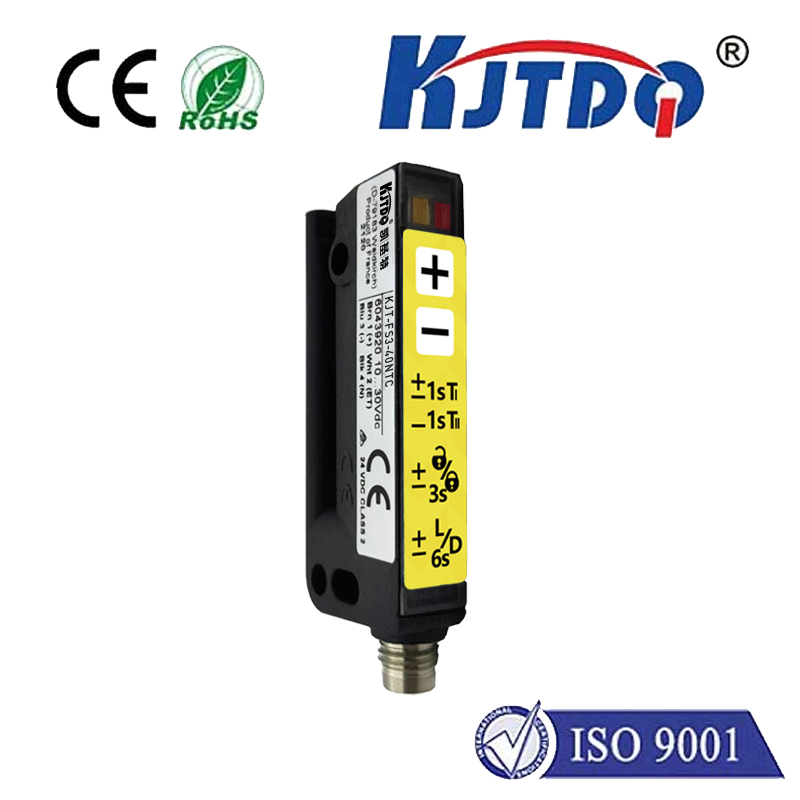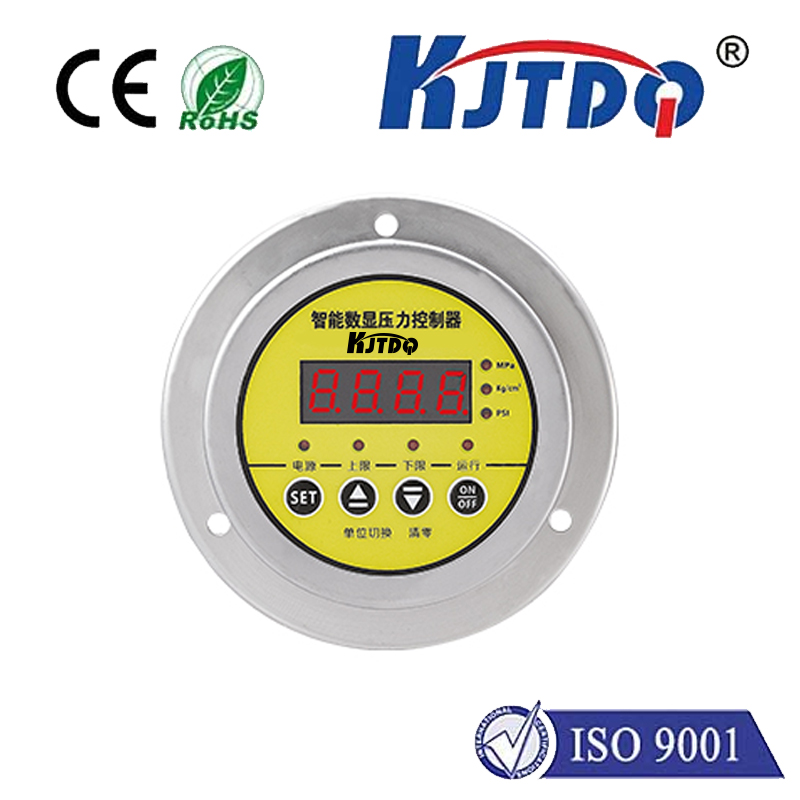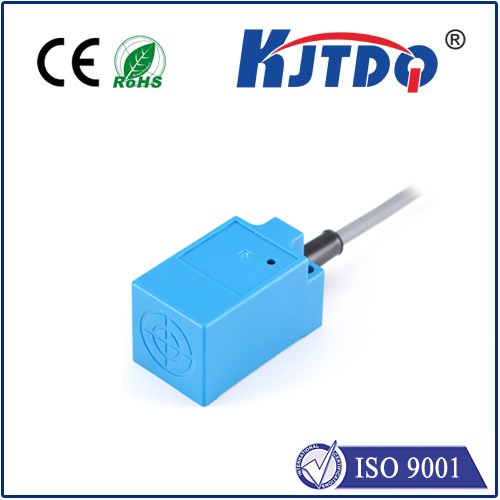personal proximity sensor
- time:2025-06-17 01:08:06
- Click:0
Personal Proximity Sensors: Your Invisible Guardian for Safer, Smarter Interactions
That prickling sensation of someone standing too close. The momentary panic when a child wanders just out of sight in a crowd. The subtle dance we perform to maintain comfortable personal space. These common human experiences highlight a fundamental need: awareness of our immediate surroundings and the proximity of others. Enter the transformative world of personal proximity sensors. These compact, sophisticated devices are rapidly evolving from niche concepts to essential tools, empowering individuals with heightened spatial awareness for enhanced safety, convenience, and peace of mind.
Beyond Industrial Giants: Miniaturizing Awareness
Proximity sensing isn’t new. Factories have long used bulky sensors for machinery safety. The revolution lies in miniaturization and personalization. Today’s personal proximity sensors are wearable or portable devices designed specifically to monitor an individual’s immediate bubble. They leverage technologies like:
- Ultrasonic Waves: Emitting high-frequency sound waves that bounce back to detect nearby objects.
- Infrared (IR) Sensing: Detecting heat signatures or reflected IR light emitted by the sensor itself.
- Radio Frequency (RF) / Radar: Utilizing low-power radio waves (like mmWave radar) to detect the presence, distance, and even movement of objects with surprising accuracy.
- Capacitive Sensing: Detecting changes in an electrostatic field caused by the approach of an object (often used for touchless interfaces too).
Why Wear Your Awareness? Key Applications Unlocked
The true power of personal proximity detection lies in its diverse applications, seamlessly integrating awareness into daily life:

- Enhanced Personal Safety: This is arguably the most compelling use case. Wearable sensors can:
- Alert to Unwanted Approach: Vibrate, sound an alarm, or send a notification to a connected smartphone if someone enters a predefined personal safety zone. This is invaluable for runners, night workers, or anyone feeling vulnerable.
- Prevent Collisions: For individuals with visual impairments, sensors mounted on canes, glasses, or worn on the body provide crucial feedback about obstacles ahead or to the sides, significantly improving independent navigation beyond traditional white canes.
- Child and Elder Monitoring: Small, wearable tags paired with a parent or caregiver’s device can warn if a child wanders beyond a safe distance in a busy park or mall. Similarly, they can alert if an elderly person prone to wandering moves too far from a designated area or bed.
Social Distancing & Health Compliance: While the peak pandemic urgency has subsided, the underlying principle remains relevant in healthcare settings or densely packed environments. Wearable personal proximity sensors can provide gentle haptic feedback when users come closer than a pre-set distance, promoting conscious space awareness.
Accessibility Revolution: As hinted above, these sensors offer profound benefits for accessibility:
- Obstacle Detection: Providing real-time feedback about nearby objects, doorways, or drop-offs.
- Object Finding: Helping locate frequently used items tagged with compatible beacons within a room.
- Gesture Control: Enabling touchless interaction with devices (e.g., smart home controls) for individuals with limited mobility.
Contextual Awareness for Smart Devices: Personal sensors feed valuable data into the broader Internet of Things (IoT) ecosystem. Your smartwatch sensing you approach your desk could automatically wake your computer and adjust lighting. Approaching your front door could disarm your home security system. This passive, proximity-based automation streamlines interactions.
Protecting Valuables: Attach a small sensor tag to your laptop bag or luggage. If you start to walk away leaving it behind, your phone immediately alerts you.
Key Considerations: Privacy, Design, and Effectiveness
While the benefits are significant, responsible adoption requires considering:
- Privacy: How is the proximity data collected, processed, and stored? Reputable personal proximity sensor manufacturers prioritize on-device processing where possible and offer clear, transparent privacy policies. Users should understand that these devices primarily detect presence and distance, not identities (unless integrated with other systems). Opting for devices that do not continuously log location data or require constant cloud connectivity enhances privacy.
- Form Factor & Battery Life: For wearable adoption, sensors must be lightweight, unobtrusive, and comfortable for all-day wear. Battery life is crucial – lasting days or weeks on a single charge is often essential. Designs are evolving rapidly, integrating sensors into jewelry, watch straps, ID badges, or clothing.
- Accuracy and Range: Effectiveness hinges on reliable detection. The ideal detection range and field of view vary by use case. A child monitor might need a 10-meter range, while an obstacle avoidance sensor requires high precision within 1-2 meters. Manufacturers clearly specify these parameters.
- False Alarms: Algorithms must be sophisticated enough to distinguish between a potential threat or hazard and routine environmental clutter (like passing close to furniture) to avoid user annoyance and alarm fatigue. Robust filtering is key.
- Integration & Ecosystem: Many personal proximity detection devices function best when integrated into a broader ecosystem – connecting to smartphones via Bluetooth, interacting with other smart home devices, or syncing data to companion apps. Seamless interoperability enhances utility.
The Future is Aware: Where Personal Proximity Tech is Headed
The trajectory points towards even smarter, more integrated solutions:
- AI-Powered Intelligence: Moving beyond simple detection to predicting intent or classifying objects (e.g., distinguishing a person from a pillar, or detecting if someone is approaching rapidly vs. walking past).
- Sensor Fusion: Combining proximity data with inputs from accelerometers, gyroscopes, cameras (privacy-consciously), and environmental sensors for a richer, more accurate contextual understanding.
- Ultra-Power Efficiency: Enabling even smaller form factors and potentially battery-free operation using energy harvesting techniques.
- Mass Miniaturization: Embedding sophisticated proximity sensing capabilities directly into everyday items like glasses frames, hearing aids, or clothing fibers.
- Advanced Haptic Feedback: Moving from simple vibration to nuanced directional cues (e.g., pulsing on the left side to indicate an obstacle on the left).
Personal proximity sensors represent a significant step towards augmenting one of our most fundamental senses: spatial awareness. By acting as an ever-vigilant, invisible layer of perception, they empower individuals with greater safety, independence, and control over their immediate environment. As technology shrinks, costs decrease, and intelligence grows, these powerful tools will become increasingly woven into the fabric of everyday life, quietly ensuring that our personal space remains just that – personal, safe, and under our control.






